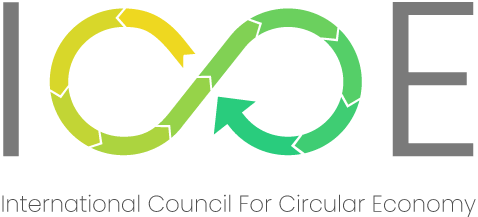Innovators may have contradicting opinions regarding plastic packaging. On the surface it is an accessible option, benefiting corporate resilience and customer affordability. But microplastics pollute oceans, impact human health and worsen climate change. Balancing plastic’s perk with a more eco-conscious composition may now be possible though, thanks to advancements in 3D printing.
Closing in on defining sustainable packaging
What does ‘sustainable’ mean when it’s on packaging? Regulating this language is one of the most understated ways 3D printing could impact the industry. Most manufacturers and governments don’t strictly define the requirements for eco-friendly containers. However, 3D-printed prototypes give innovators a closer idea of what that could mean.
Early adopters of 3D-printed packaging seek third parties to help certify their carbon commitments. The international standard for environmental management systems, the Carbon Disclosure Project and Ecovadis are several outfits judging the material origins and ethical working environments of these new production methods.
This will help promote the shift to standardised, sustainable manufacturing practices, where printers use less energy than conventional production lines, and smarter material utilisation saves corporations countless dollars and hours in lost productivity.
Using conscious, flexible materials
Plastic is wasteful, and its high consumption is visible in landfills and waterways — it’s everywhere and unavoidable. 3D printing can flip plastic on its head by creating materials using more nature-based, biodegradable ingredients.
Molded fibers and wood pulps and bio-based resins are popular options for the current market, as they’re compatible with injection molding methods and modern 3D printing machinery. Greener materials also prevent waste in prototyping and production.
Businesses that take more ownership over their environmental responsibility generate wins for the planet.
It isn’t enough though to use nature-based materials — companies need to use less of them altogether to be more mindful of resource consumption. Material and waste reduction is a notable packaging trend because of its medley of advantages across the entire value chain.
Manufacturers reduce production waste further by using these custom molds. Because 3D printing can construct most shapes, packaging becomes thinner and more form-fitting around products. The result is a more compact shape that weighs less during shipping, saving fuel and carbon emissions.
Meeting customer demands on circularity
Customers have higher demands than ever before, especially when holding corporations accountable for their climate impact. Using 3D printers to make customised, low-waste, packaging is the obvious decision for many producers attempting to appease their buyers.
Businesses that take more ownership over their environmental responsibility instead of pushing it onto clients generate wins for the planet. The most impactful way they can please consumers with 3D-printed packaging is by adopting circular economy practices. This means the package is eco-friendly throughout its entire life cycle.
The advent of 3D printing allows packages to last past their life expectancy, which is generally when a customer throws away the materials. Instead, they and manufacturers can reuse the materials to make novel products or more packaging.
Everything stays within the value stream, encouraging creation without sapping the planet of any new resources. One application is from a partnership between HP and Ford. They repurposed 3D-printed dental molds and made car parts out of them. This benefited Ford’s vehicles because innovators realised this was a lighter-weight option, using fewer chemicals and dollars to make their Super Duty F-250.
Printing greener solutions
The malleability of 3D printing has entered every market, from real estate to e-commerce. Packaging and manufacturing must capitalise on its sustainable advantages to progress corporate social responsibility objectives. 3D printing can eliminate plastic’s limitations while embracing its boons with lightweight, eco-friendly materials that will change the packaging game across sectors.
The post Can new 3D printing options tackle scourge of plastic pollution? first appeared on Innovators magazine.
